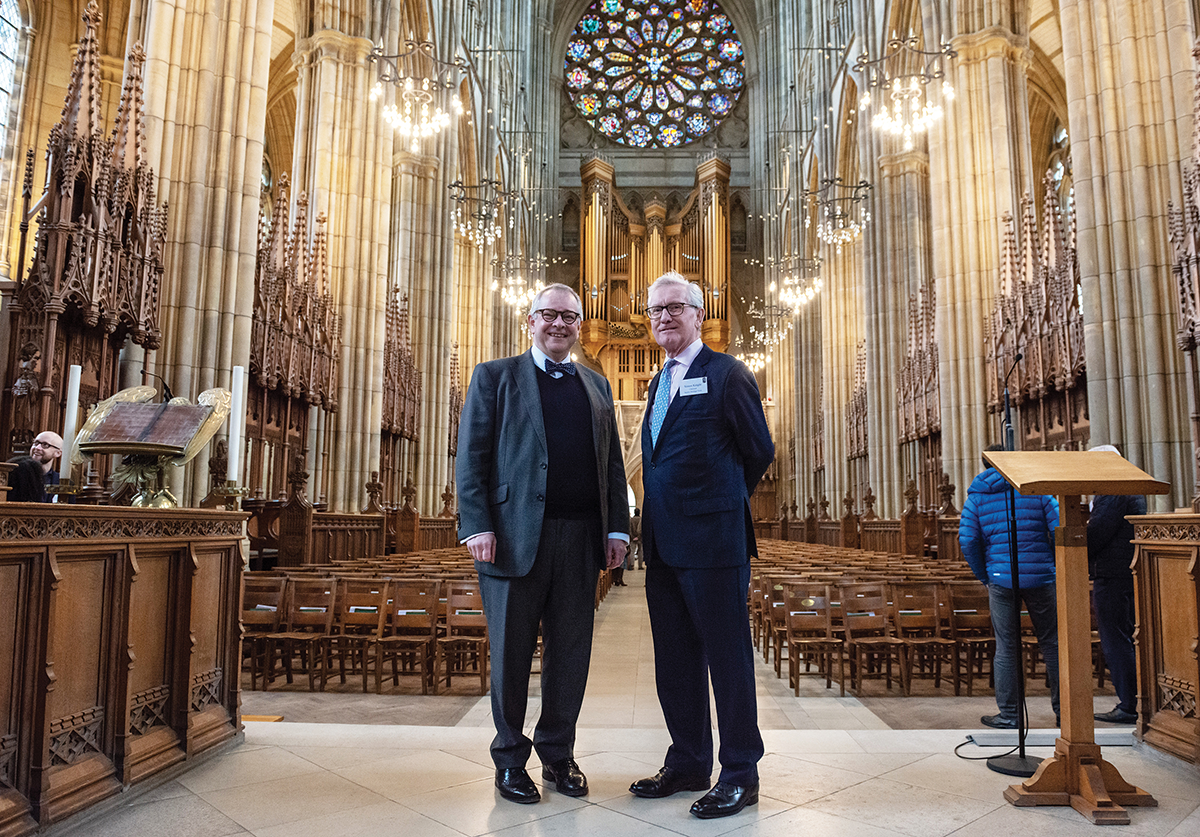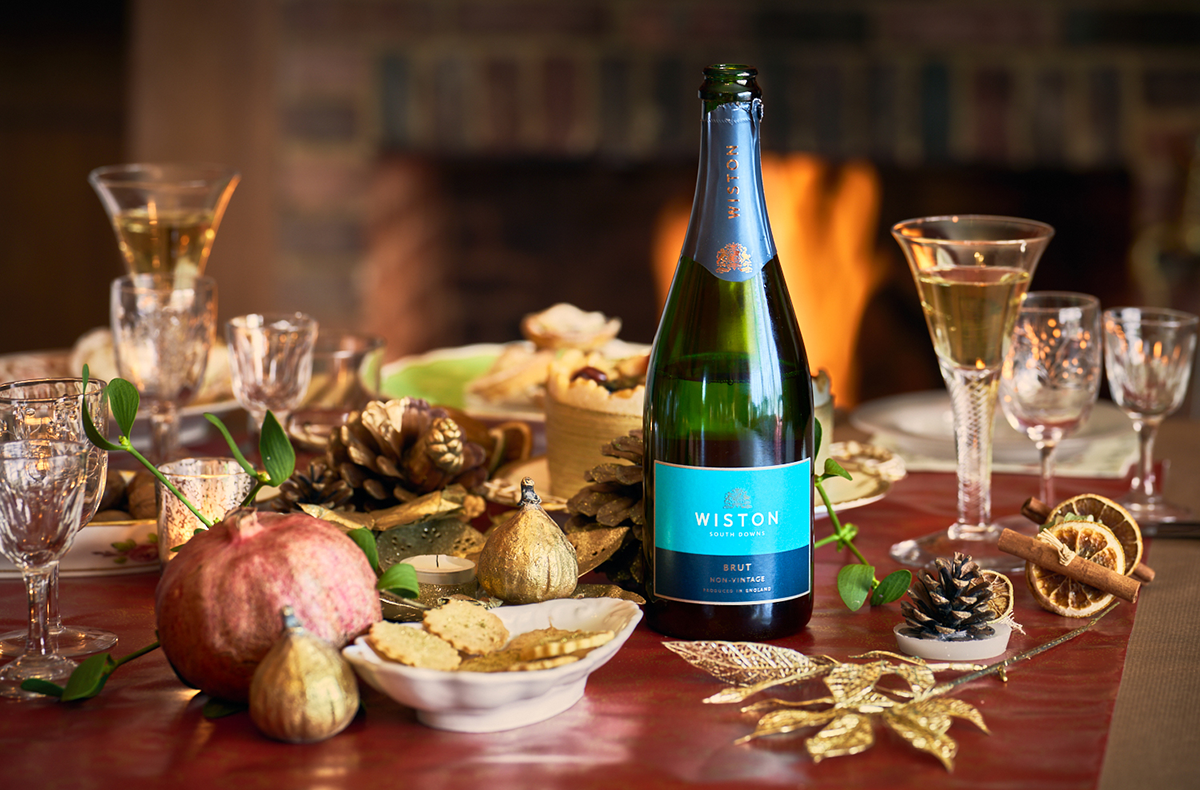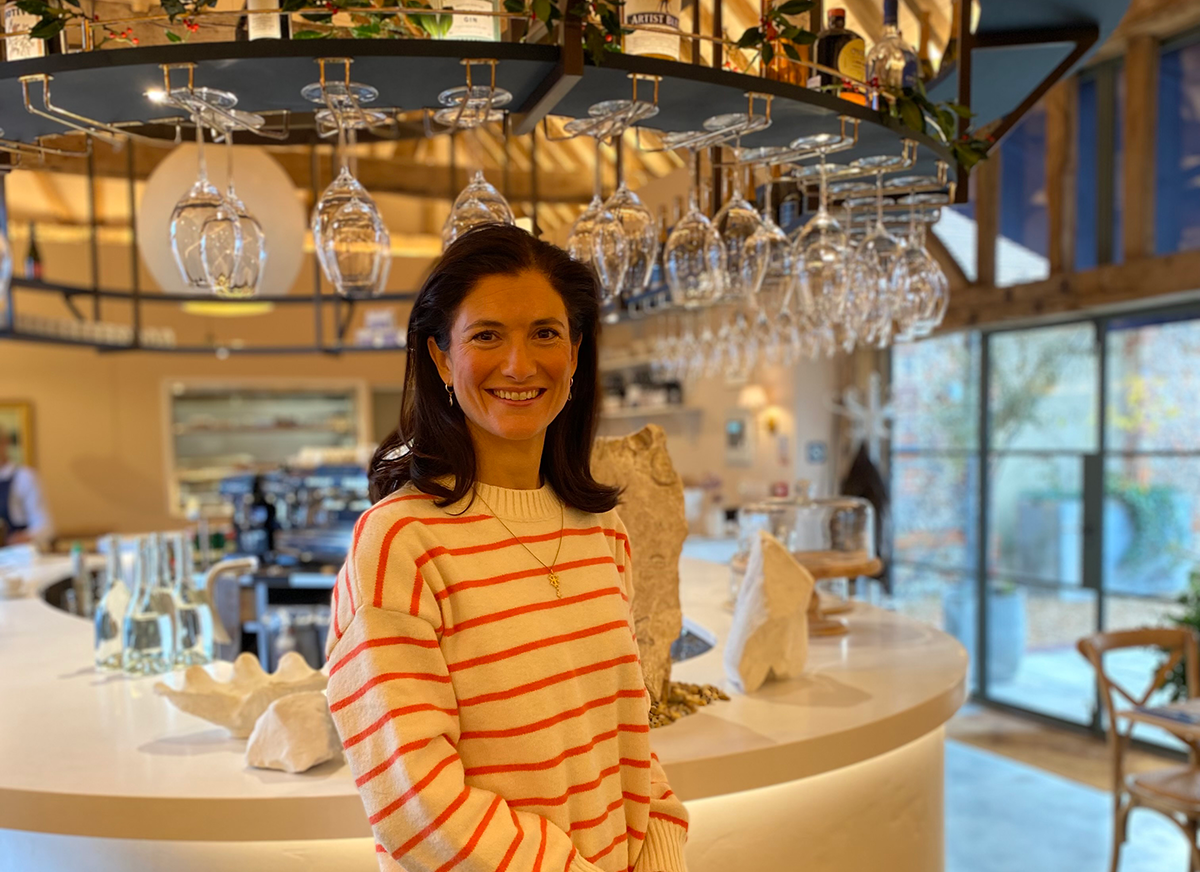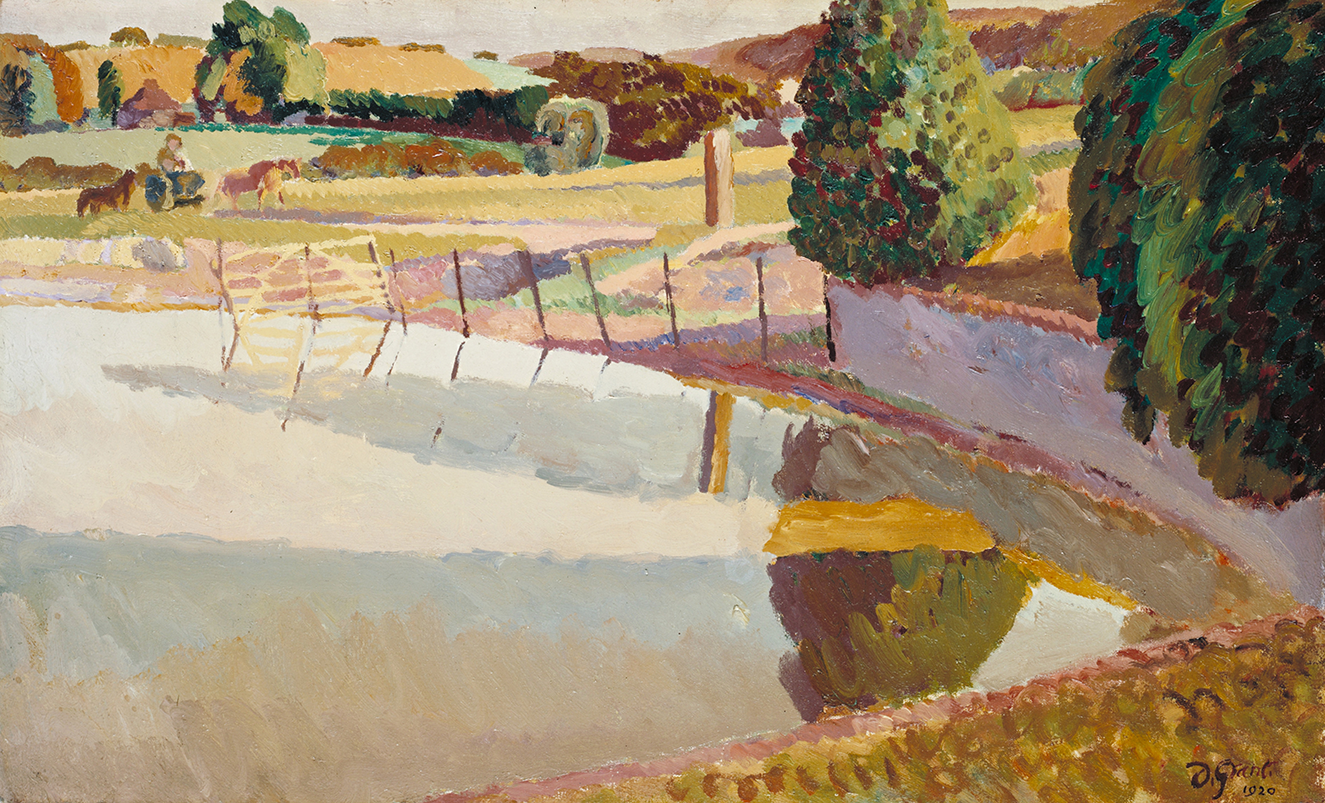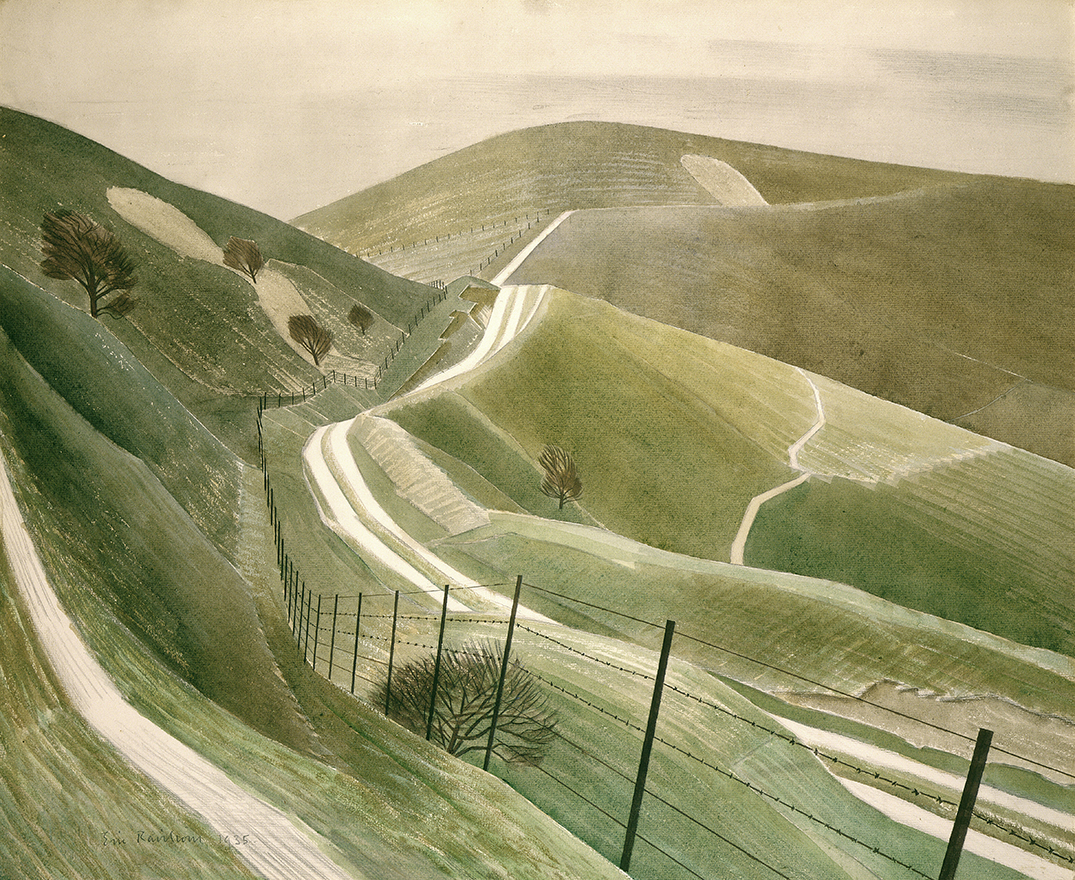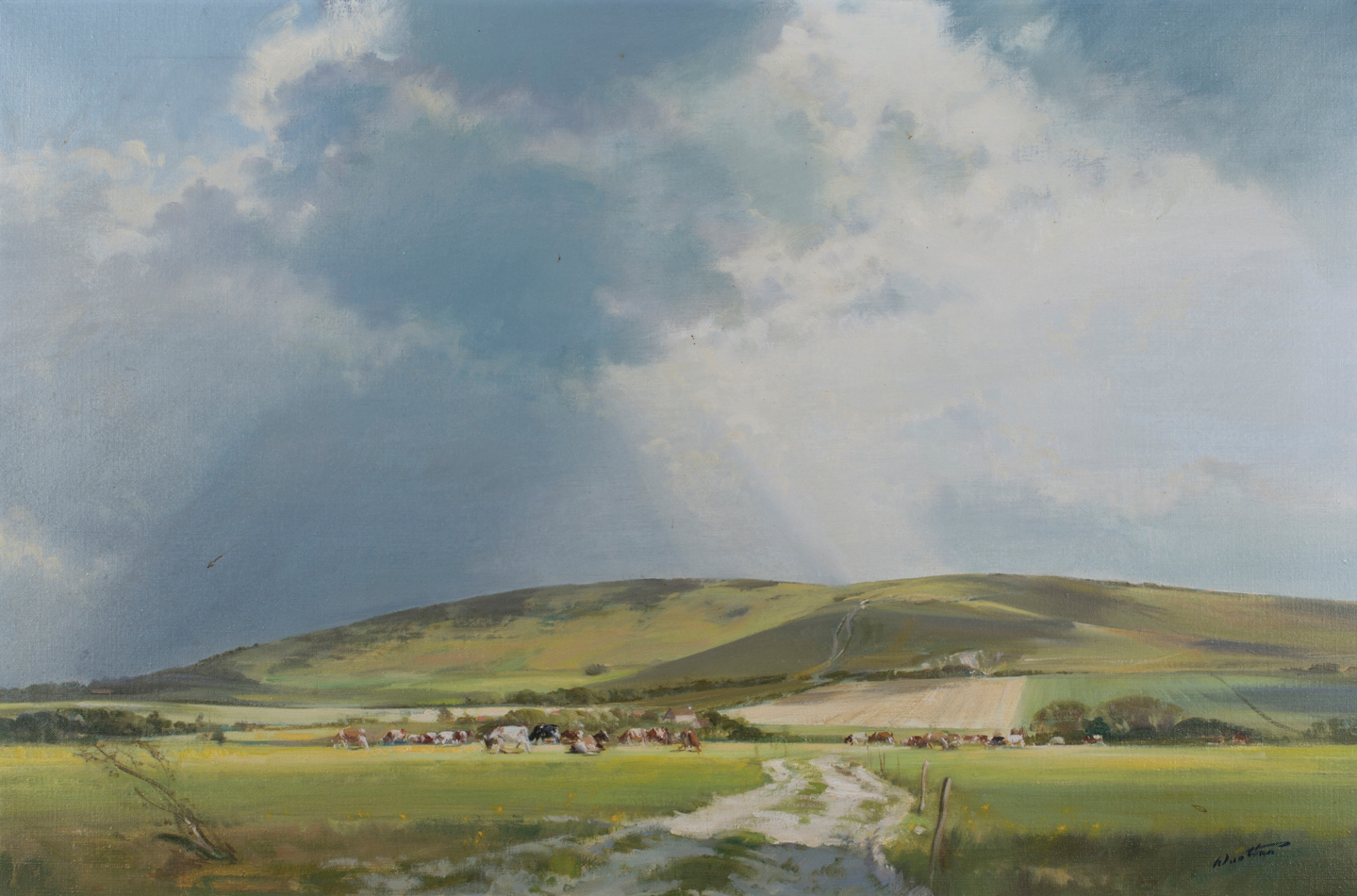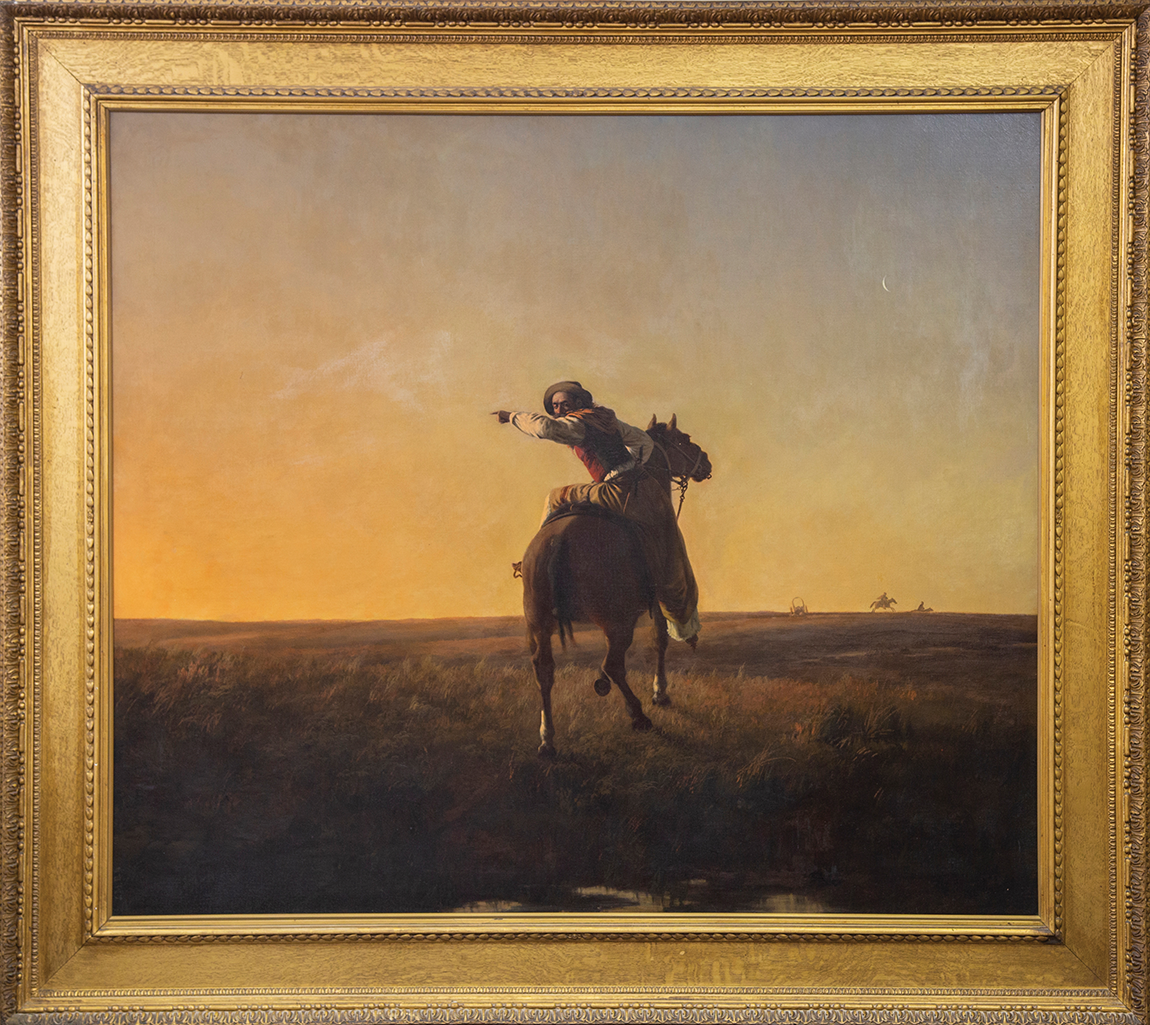
As the New Year and auction season begins I have been reflecting on some of the remarkable art and collections I discovered and sold at Toovey’s here in the heart of Sussex in 2023.
It was the late W Leslie Weller, MBE, DL, who first pioneered a regional centre of specialism and auctioneering with Sotheby’s in Sussex. He was a great inspiration, patron and encouragement to me over the years. I was honoured to sell his renowned Sussex library and collection as a single-owner auction. Sotheby’s auction house in Sussex closed more than twenty years ago. But Leslie was pleased that his vision of a regional auction house with specialists in the major collecting disciplines, here in the heart of Sussex, was alive and well at Toovey’s. Today we continue to attract local, national and international collectors and dealers to our specialist auctions as he did.
Last year at Toovey’s a major work by Uruguay’s most important painter Juan Manuel Blanes (1830-1901) of a Gaucho broke the world record for his paintings at auction selling for £1.15 million.
Juan Manuel Blanes was renowned for painting grand history paintings and portraits as well as scenes and events that shaped Uruguay’s national identity during the years of conflict that resulted in independence from Spain.
Toovey’s picture specialist Tim Williams’s research revealed the painting’s remarkable provenance and enabled him to promoted the picture to an international audience of collectors resulting in the world record price.
English Country House Taste is layered and eclectic always reflecting the taste and interests of the collector and often a patchwork quilt of stories and interests. It is unpretentious, layered and evolving.
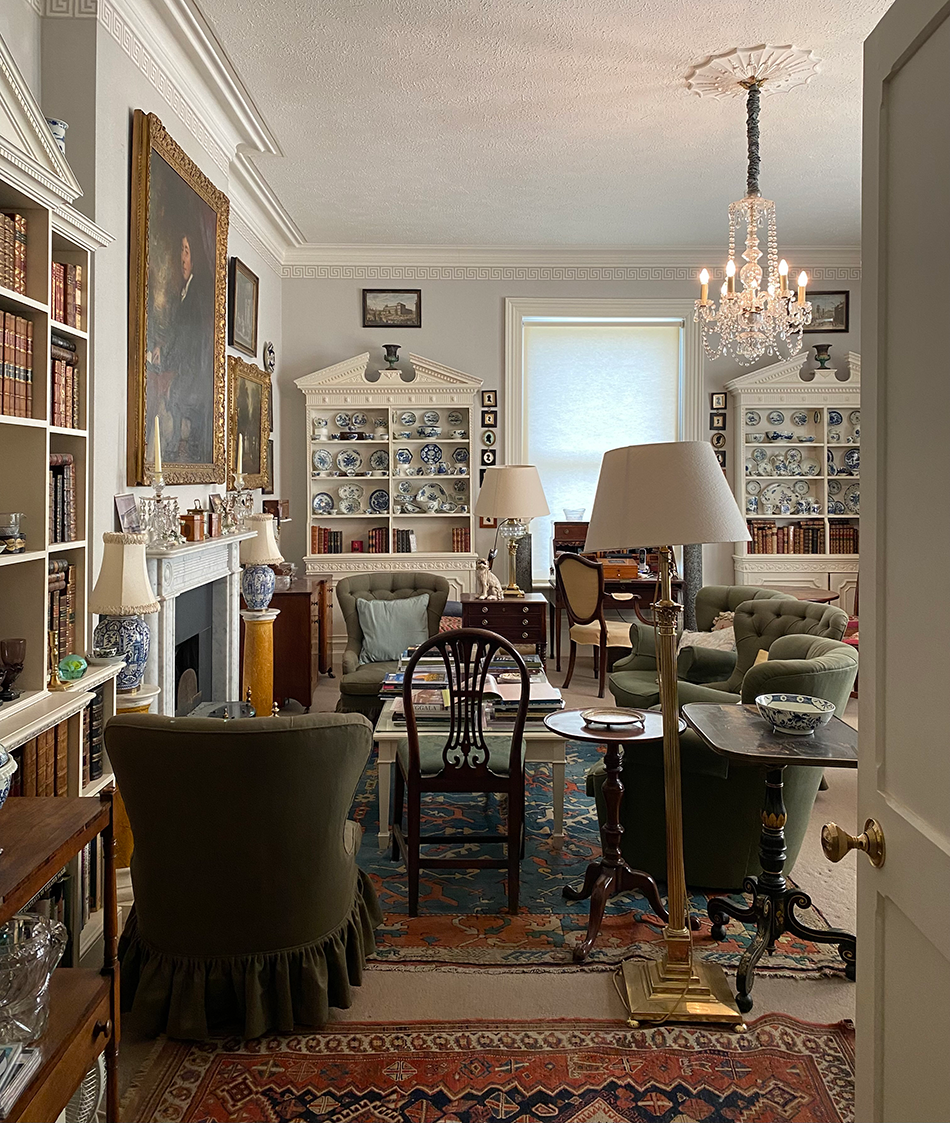
The beautiful collections of the artist and interior decorator, Donald Church, and the connoisseur, Michael Godfrey represented the best of English Country House taste and were the subject of a series of specialist sales at Toovey’s. Michael and Donald shared a great friendship.
Donald Church had a remarkable career working with many of the leading interior decorators of the post-war period including the hugely influential John Fowler of Colefax and Fowler.
Michael Godfrey’s collection, too, was informed by exceptional taste and included fine Georgian furniture and Works of Art, 18th century Worcester porcelain, paintings and prints.
The prices reflected the quality of their collections and showed the strength of demand for the finest traditional pieces with good provenance.
I am looking forward to 2024, it looks set to be another exciting year at Toovey’s!
